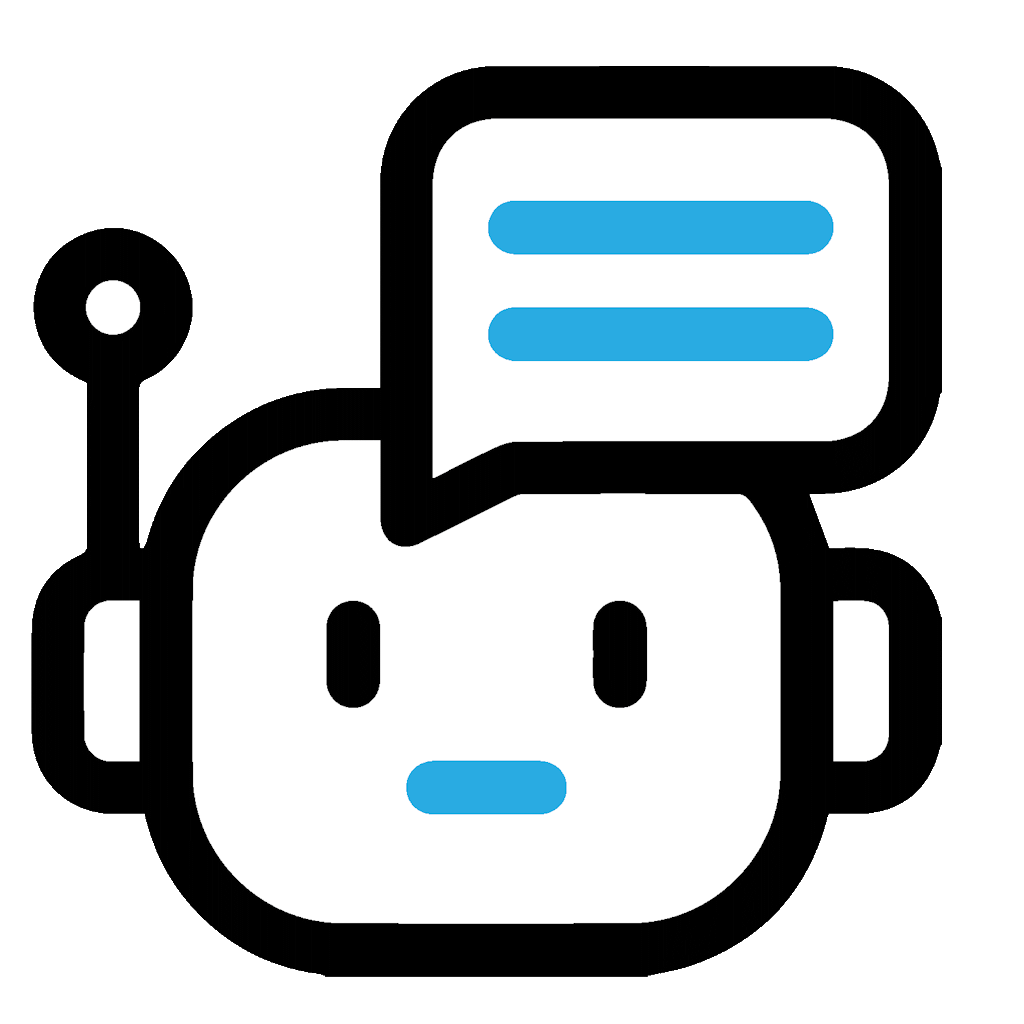In the world of application security, having a clear focus is essential. Development and security teams are often faced with a long list of potential vulnerabilities, and knowing where to start can be a significant challenge. This is where security frameworks come in, providing a structured way to understand and prioritize risks. Two of the most influential lists in the industry are the OWASP Top 10 and the CWE Top 25.
While both are crucial for building a strong security posture, they serve different purposes and offer different perspectives on software weaknesses. Understanding the distinction between them is key to using them effectively. The OWASP Top 10 raises awareness about the most critical risks, while the CWE Top 25 provides a more detailed catalog of common software weaknesses. Let’s explore what each framework is, how they differ, and how they can be used together to enhance your vulnerability management strategy.
What is the OWASP Top 10?
The OWASP (Open Web Application Security Project) Top 10 is an awareness document for developers and web application security professionals. It represents a broad consensus about the most critical security risks to web applications. Updated every few years, the list is compiled based on data from numerous organizations and reflects real-world threats that are being actively exploited. For further insight, resources like the NIST National Vulnerability Database also provide valuable information on security risks and how they relate to the OWASP Top 10.
The OWASP Top 10 is not a comprehensive list of every possible vulnerability. Instead, it focuses on 10 high-level risk categories. For example, “A03:2021 – Injection” is a broad category that covers various specific flaws like SQL injection, NoSQL injection, and command injection.
The primary purpose of the OWASP Top 10 is education and awareness. It provides a starting point for organizations looking to improve their application security program. It helps answer the question: “What are the biggest threats we should be worried about right now?”
What is the CWE Top 25?
The CWE (Common Weakness Enumeration) Top 25 Most Dangerous Software Weaknesses is a list of the most common and impactful software weaknesses. It is published by MITRE and is based on an analysis of vulnerability data from the National Vulnerability Database (NVD).
Unlike the OWASP Top 10, the CWE is a formal dictionary of software weakness types. Each entry, or CWE, has a unique ID (e.g., CWE-79: Improper Neutralization of Input During Web Page Generation, ‘Cross-site Scripting’). The CWE Top 25 list highlights the weaknesses that have most frequently led to serious vulnerabilities.
The primary purpose of the CWE Top 25 is to be a technical guide for developers, testers, and security tool vendors. It provides a common language for describing specific software flaws. It helps answer the question: “What are the specific coding mistakes and architectural flaws we need to prevent?”
Key Differences: Risk vs. Weakness
The most significant difference between the two frameworks lies in their focus:
- OWASP Top 10 focuses on Risks. A risk is the combination of a vulnerability, the likelihood of it being exploited, and the potential business impact. The OWASP list is prioritized based on this overall risk to the organization. It is strategic and high-level, designed to guide security efforts and investments.
- CWE Top 25 focuses on Weaknesses. A weakness is a flaw in the software’s design, code, or implementation that could lead to a vulnerability. The CWE list is prioritized based on the prevalence and severity of these specific flaws. It is technical and granular, designed to be used by developers and security tools to find and fix specific problems.
Think of it this way: a CWE like “Cross-site Scripting” is a specific weakness. An OWASP category like “Injection” is a risk category that includes many different weaknesses. The OWASP Top 10 is about what could go wrong from a business perspective, while the CWE Top 25 is about why things go wrong at the code level.
How They Complement Each Other
Instead of viewing it as OWASP vs. CWE, it’s more productive to see how they work together. An effective security program uses both frameworks to create a defense-in-depth strategy.
- Start with the OWASP Top 10 for Strategy: Use the OWASP Top 10 to build awareness within your organization and to guide your overall security strategy. It’s perfect for educating stakeholders, setting priorities for security initiatives, and ensuring your program addresses the most significant real-world threats. It helps you focus your resources on the risk areas that matter most.
- Use the CWE Top 25 for Tactical Implementation: Once you’ve identified a risk area from the OWASP Top 10, you can use the CWE list to drill down into the specific weaknesses that cause it. For instance, if you decide to focus on “A01:2021 – Broken Access Control,” you can refer to related CWEs like CWE-22 (Path Traversal) or CWE-284 (Improper Access Control) to guide your code reviews, developer training, and automated scanning rules.
A modern platform for Aikido Security bridges this gap by identifying specific weaknesses (CWEs) found in your code and mapping them back to the broader risk context that business leaders understand (like the OWASP Top 10).
Building a Stronger Security Posture
By leveraging both frameworks, organizations can create a more comprehensive and effective vulnerability management program. The OWASP Top 10 provides the “what” and “why” from a risk perspective, while the CWE Top 25 provides the technical “how” for developers and security tools.
This combined approach allows teams to move from simply being aware of risks to actively preventing and remediating the underlying weaknesses. It creates a common language that connects high-level security policy to the practical, day-to-day work of writing secure code, resulting in more resilient applications and a stronger overall security posture.

